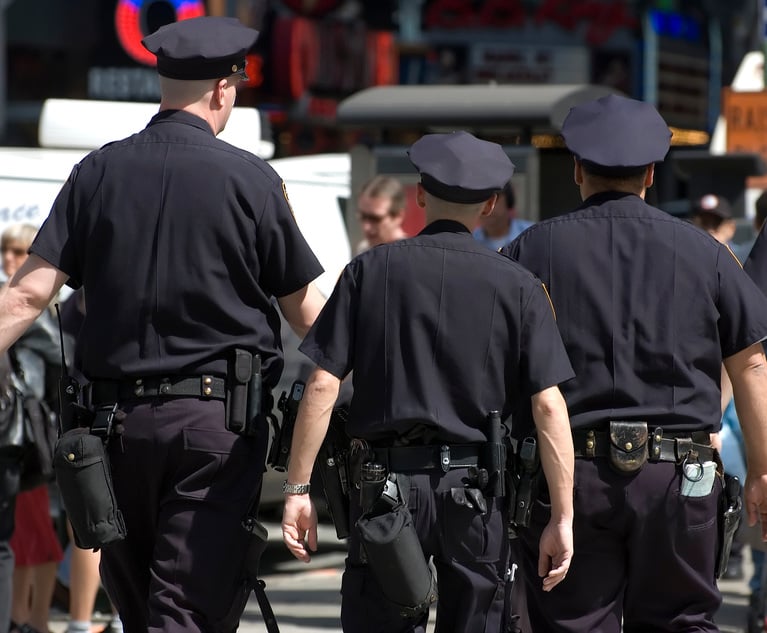 From at least 1858 (Dobess Realty v. City of New York, 79 A.D.2d 348, 352 (1st Dep’t 1981)) to Jan. 1, 1997, case law held that “CPLR 5513(a) limit[ed] the time to appeal by requiring that an appeal as of right ‘be taken within thirty days after service upon the appellant of a copy of the judgment or order appealed from and written notice of its entry.’” Williams v. Forbes, 157 A.D.2d 837, 838 (2d Dep’t 1990). Although then “CPLR 5513 did not explicitly designate the person who must serve the order or judgment being appealed from for purposes of commencing the 30-day limitation period running” in cases involving multiple parties (Williams, at 838-39), “5513 [wa]s construed to require each prevailing party to separately serve an order with notice of entry to commence the running of time within which the appeal limitations period became effective for each.” Blank v. Schafrann, 206 A.D.2d 771, 773 (3d Dep’t 1994); Williams, at 838-39.
From at least 1858 (Dobess Realty v. City of New York, 79 A.D.2d 348, 352 (1st Dep’t 1981)) to Jan. 1, 1997, case law held that “CPLR 5513(a) limit[ed] the time to appeal by requiring that an appeal as of right ‘be taken within thirty days after service upon the appellant of a copy of the judgment or order appealed from and written notice of its entry.’” Williams v. Forbes, 157 A.D.2d 837, 838 (2d Dep’t 1990). Although then “CPLR 5513 did not explicitly designate the person who must serve the order or judgment being appealed from for purposes of commencing the 30-day limitation period running” in cases involving multiple parties (Williams, at 838-39), “5513 [wa]s construed to require each prevailing party to separately serve an order with notice of entry to commence the running of time within which the appeal limitations period became effective for each.” Blank v. Schafrann, 206 A.D.2d 771, 773 (3d Dep’t 1994); Williams, at 838-39.
In 1996, CPLR 5513(a) was amended, (L.1996, c. 214, §1), effective Jan. 1, 1997, to provide: “An appeal as of right must be taken within thirty days after service by a party upon the appellant of a copy of the judgment or order appealed from and written notice of its entry … .” The statute still does not identify who needs to effect service in instances involving multiple parties—must it still be the prevailing party or is service by any party sufficient as long as the respondent has been properly made aware? While many post-amendment cases track the language in §5513 that a “notice of appeal must be filed and served within 30 days after service by a party of the order and written notice of entry,” diligent research revealed no direct post-amendment case law on this specific point.






